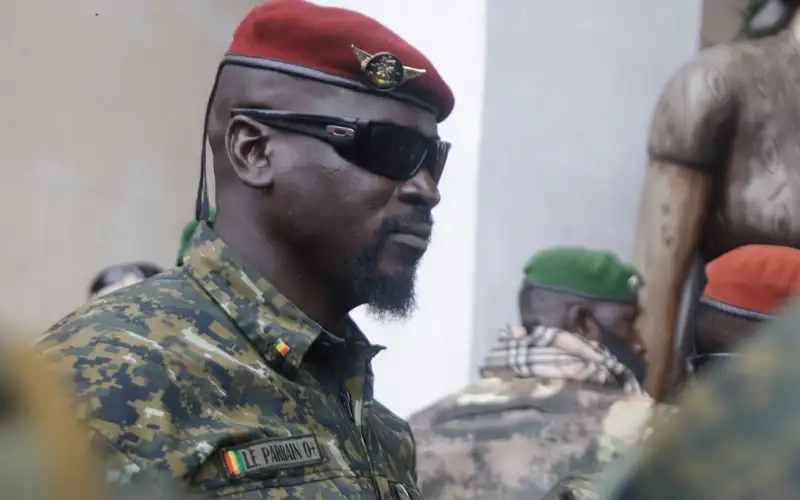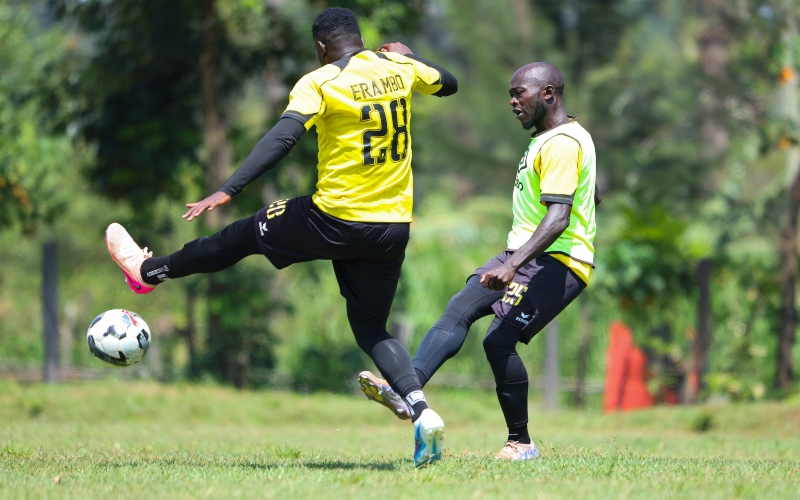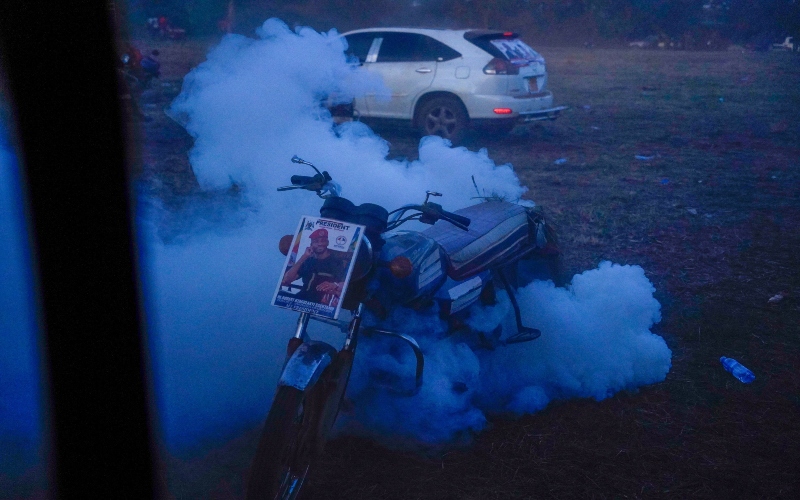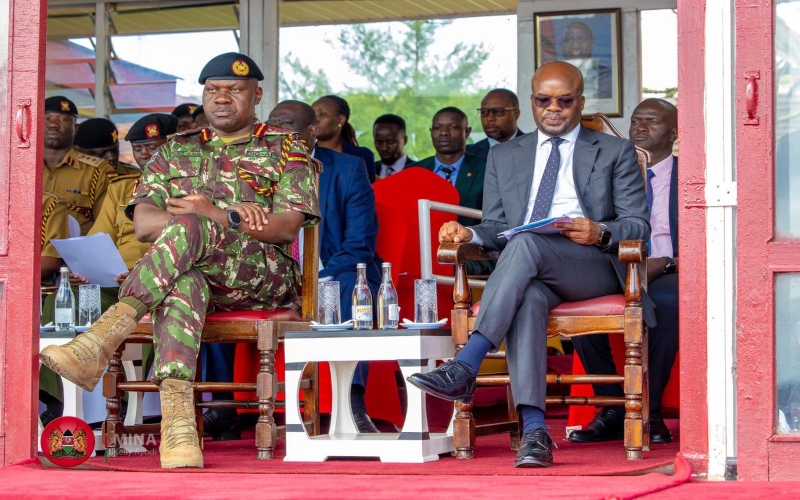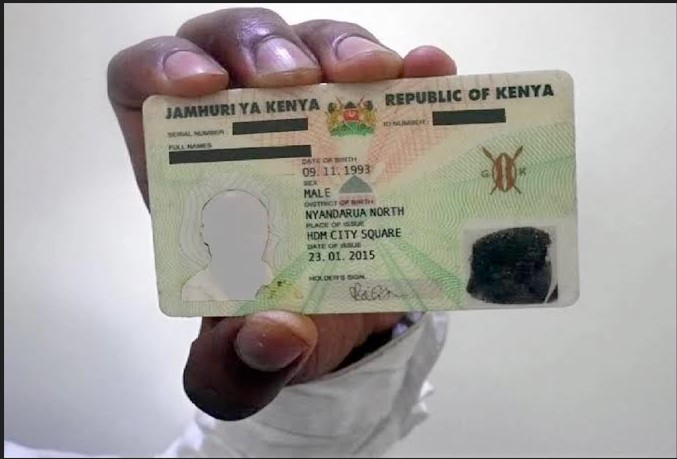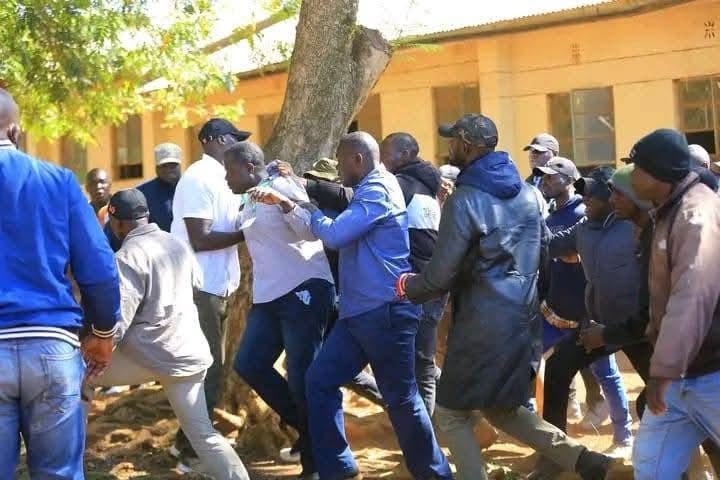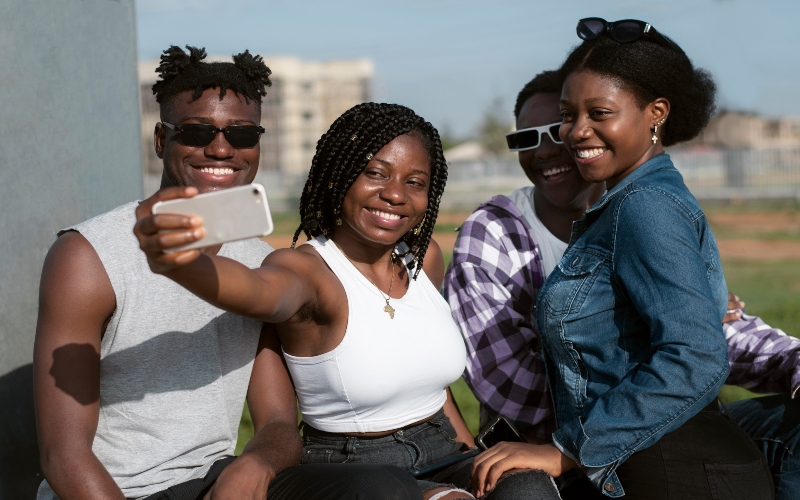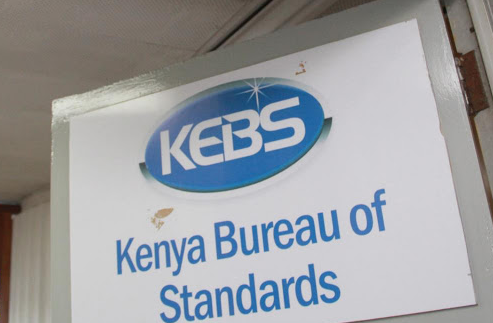New map of Britain traces abolitionists who crossed the Atlantic to end slavery
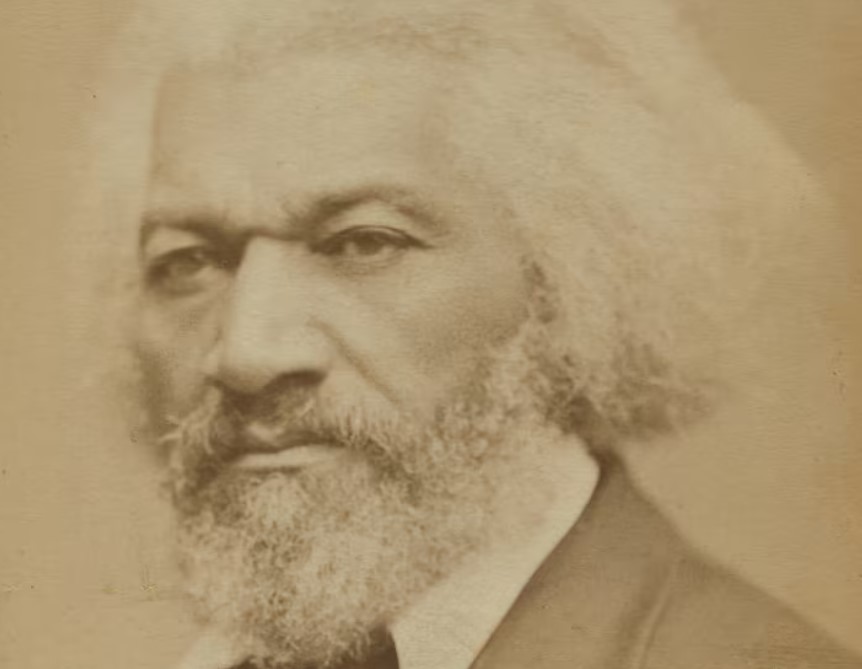
Using an interactive online map, the project shows how Black American abolitionists were at the heart of the campaign to end slavery.
A British heritage organisation has launched a project to tell the forgotten story of 19th-century Black American abolitionists who raised their voices against racism and slavery.
The Missing Pieces Project, launched on Thursday by Historic England, maps out sites across Britain and Ireland where at least 50 African American abolitionists lectured in concert halls, churches, schools and pubs, between 1833 and 1899.
More To Read
- Anti-immigration politics contribute to racism in Germany
- Former Liberia President George Weah to lead FIFA anti-racism panel of ex-players
- Mónica’s story: The woman shipped from Ghana to Portugal in 1556 to stand trial for using traditional medicine
- Reclaiming narratives: African storytelling as a path to justice and reparations
- Kenyan man critically injured in suspected racial bias incident in Minneapolis
- Milan's match at Udinese halted after racist abuse of keeper Maignan
"African American freedom fighters spoke to millions of people in rural communities and large industrial cities," said Hannah-Rose Murray, a lecturer in history at the University of Suffolk, who conducted the research project.
"If the walls of churches, chapels, or town halls could talk, they would tell powerful, emotional and hard-hitting stories of Black life, liberty and love that have been deliberately erased from our landscape," Murray added.
Britain, which forcibly transported more than three million enslaved Africans across the Atlantic Ocean for over 300 years, abolished slavery in 1833. The United States, where around 388,000 of them landed, abolished it in 1865.
Using an interactive online map, the project shows how Black American abolitionists were at the heart of the campaign to end slavery, including by travelling abroad to raise awareness of the issue and gather support.
Black activists spoke to royalty and the aristocracy, reformers, merchants, newspaper editors and working-class communities, Murray said.
Black abolitionist Frederick Douglass, one of the most important leaders of the African-American civil rights movement in the 19th century, lectured at various sites, such as at a music hall in the English northern city of Newcastle.
Another abolitionist, Henry Box Brown, lectured at the Polytechnic Hall in the coastal town of Falmouth.
"These places of activism serve as monuments to African American histories, lives, and testimonies," Murray said.
Top Stories Today

